The 6 Different Types of Chargers That Power Your Devices
- There are several types of USB connectors used for charging devices, including USB Type-C, Micro-USB, and Lightning connectors. Fast charging standards vary by manufacturer, affecting compatibility and charging speed.
- Wireless charging uses electromagnetic induction, offering convenience but typically slower speeds. Special adapters like wall, car, and wireless pads cater to different charging scenarios.
- Charging technology is advancing, with a shift towards faster and more universal standards like USB Type-C. However, compatibility issues exist due to proprietary fast charging protocols.
Not a long time ago, phone chargers didn’t matter as long as the cable fit your device. There were different types of connectors, but no one needed to worry since a new mobile phone always came with a compatible charger. But things have changed now, and the market is flooded with different charging standards, protocols, connectors, and versions.
In this guide, we will take an in-depth look at all the different types of chargers, and which one could potentially fit your needs and devices.
Table of Contents

Types of Mobile Phone Chargers
Today, most phones, laptops, cameras, and other electronic devices rely on the USB standard. This protocol negotiates the optimal charging voltage and current for safer charging. Over the past three decades, it has firmly established itself as the industry standard.
However, USB connectors come in various shapes and sizes, each catering to specific device needs. The most common now is USB Type-C, followed by Type-A, Micro-USB, USB-3, Type-B, and Mini-USB. These types differ in how they communicate with the connected device.
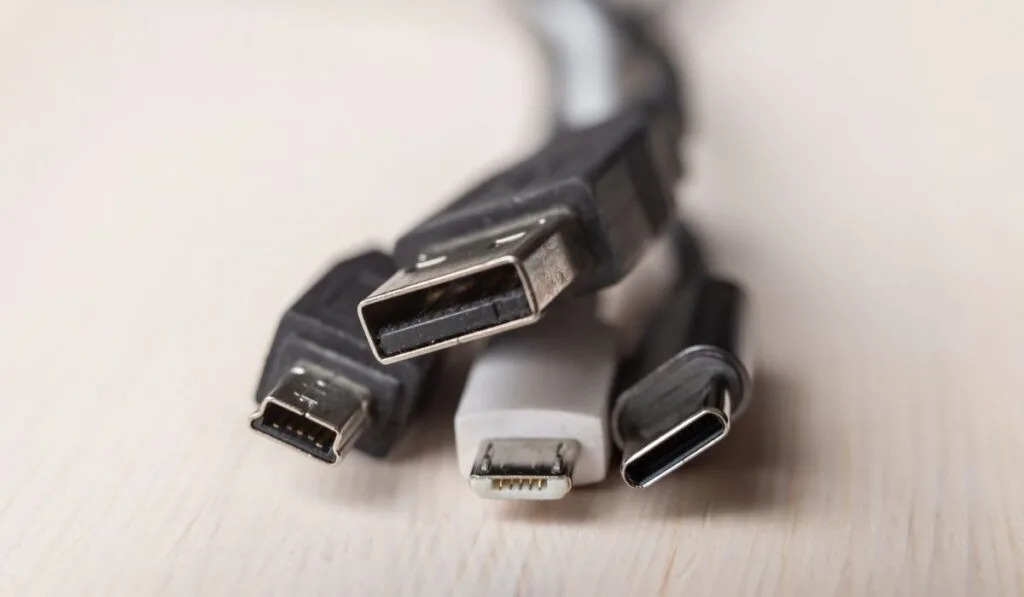
Then, you also have wireless charging, which, using electromagnetic induction, has recently emerged as an alternative to wired charging. Energy is transferred wirelessly from a charging pad to a device with a built-in receiver coil. Phones, in particular, have a confusing array of fast-charging standards and protocols. We’ll delve deeper into each of these in detail later.
READ MORE: Is Wireless Charging Bad for Your Smartphone Battery?
Mobile Phone Charging Connectors
While most phones nowadays come with a single, unified charging connector—USB Type-C, some other phones and devices use separate connectors.
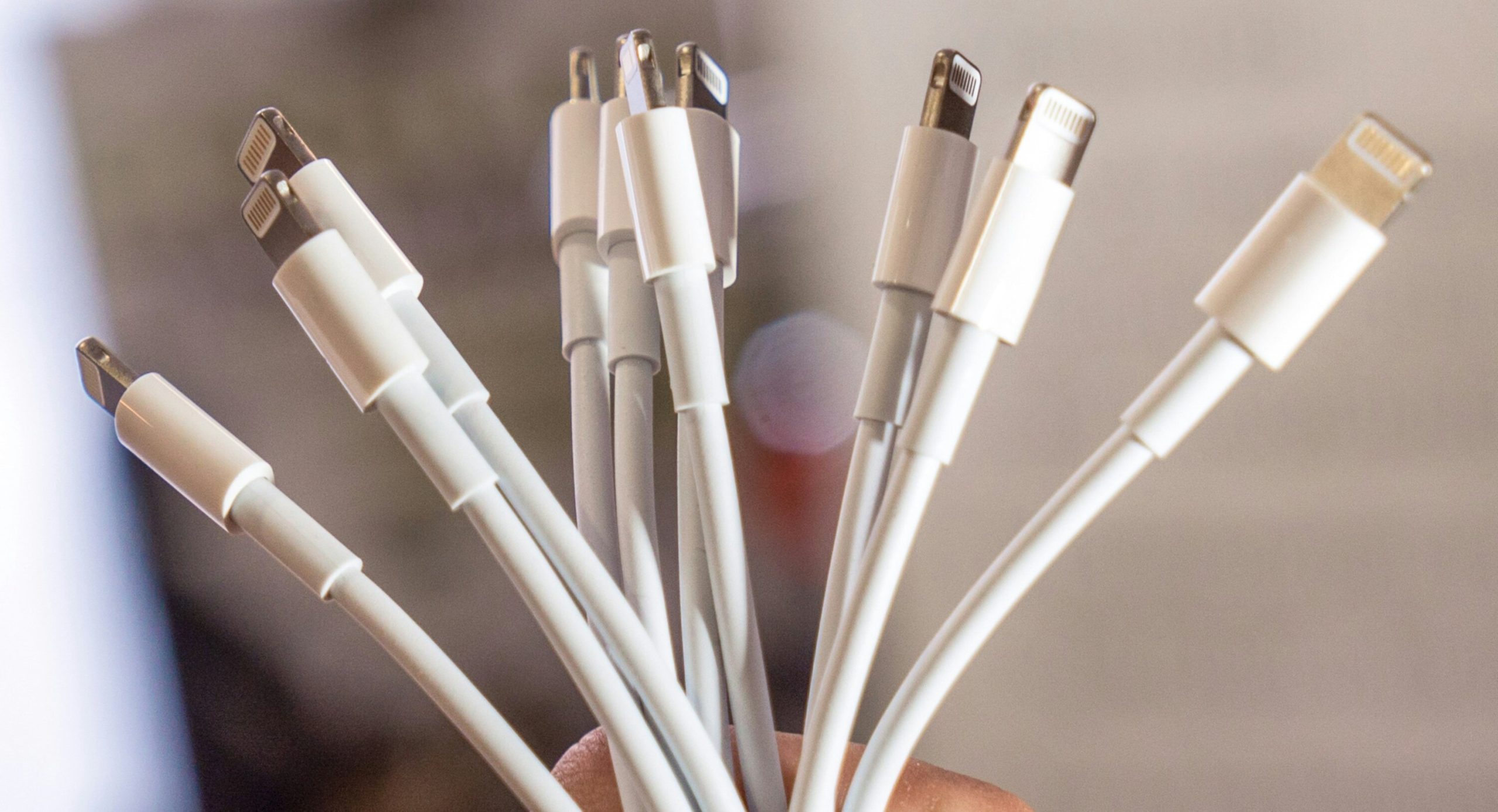
1. USB Type-C
Many phone manufacturers, including Apple, Samsung, and Google, have adopted the USB Type-C standard. This eliminates the need for carrying multiple cables because it serves as a multi-functional connector. Unlike other types of connectors, it can:
- Charge your device at a much higher wattage (Fast Charging).
- Transfer data at faster speeds.
- Provide video output for external displays.
- Deliver audio through headphones or speakers.
- Even power other devices, acting as a portable power bank.
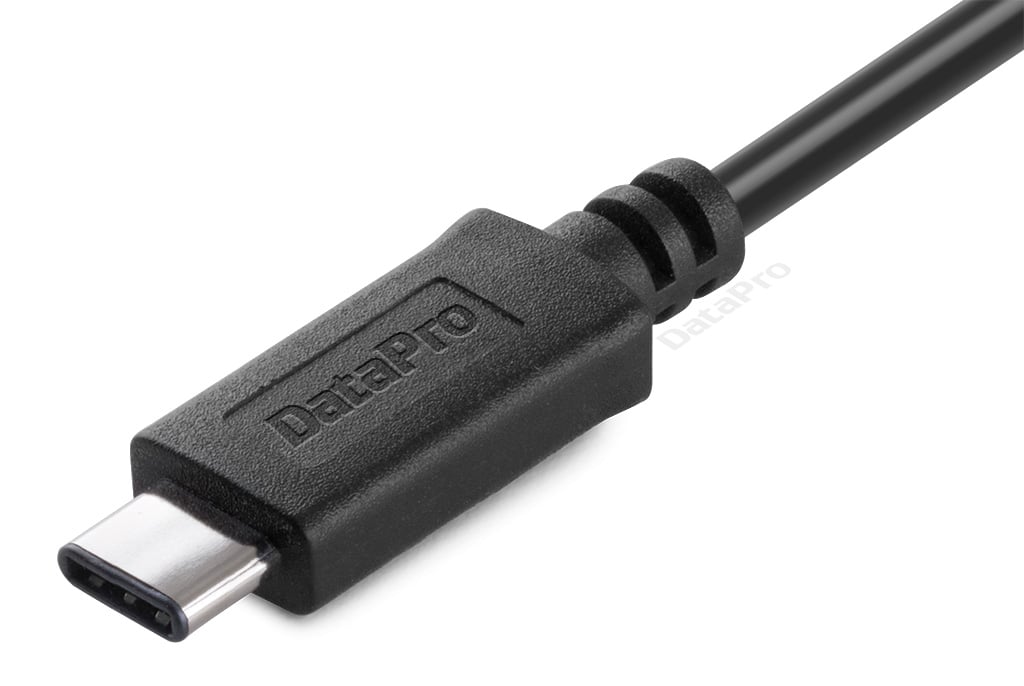
The USB Type-C connector is also reversible, so you can insert it into your phone’s port without worrying about which side is up. USB-C is also the only connector that supports USB Power Delivery which enables a standardized power system capable of delivering up to 240W of power.
READ MORE: What is USB Power Delivery? USB-PD & Its Types Explained ➜
2. USB Type-A
USB Type-A has long served as a reliable power source and data communication protocol, but it had its own set of evident downsides. For one, there was a 50% chance of improperly inserting the connector into the port. It was slow and often required a separate connector on the other end of the cable, which made it inconvenient.
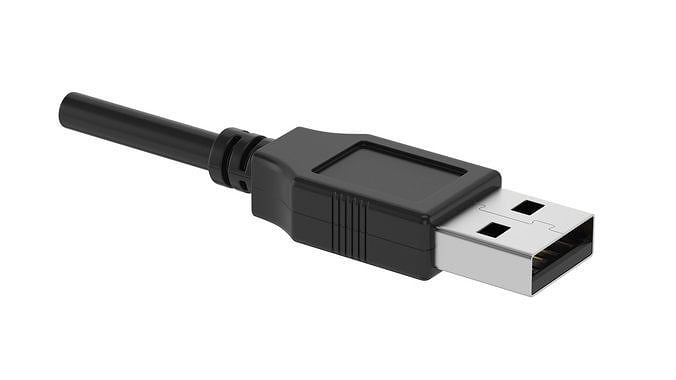
It also lacked the capability to handle video output, audio output, and power delivery to other devices. This resulted in major manufacturers abandoning this connector, and while it has yet to fully disappear, it is definitely seeing less use in modern phones.
3. Micro-USB
Before USB Type-C, most phones used the Micro-USB connector for charging. While it served the mobile industry for well over a decade, there were some serious reservations about the fragility of its pins. Specifically, plugging it in the wrong direction could not only damage the charger but also the phone’s port itself, which at times was expensive to repair.
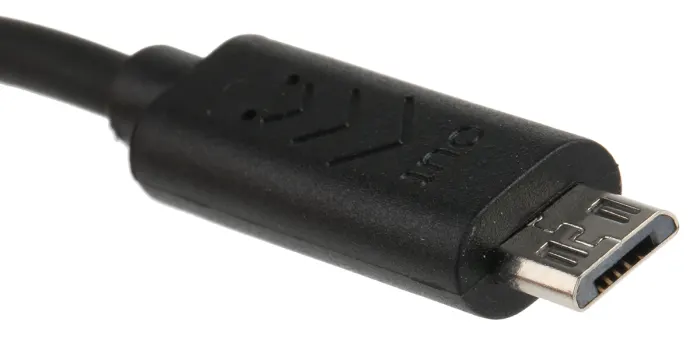
Micro-USB was slow and only supported a maximum charging speed of 18W, which, for reference, is found on today’s entry-level smartphones. The connector is now rarely used on low-power electronic devices and is slowly diminishing.
READ MORE: How to Identify USB Ports by their Symbols ➜
4. USB Type-B
Unlike some larger devices like printers and scanners, phones never used USB Type-B ports for charging. While Type-B was a popular connection protocol several years ago, it’s rarely used for powering devices today.
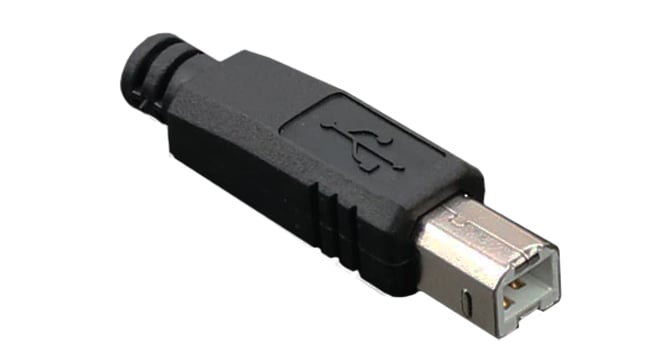
5. Mini-USB
One of the earliest USB power connectors, the Mini-USB was the dominant charging standard in the early 2000s. However, it had a reputation for being easily damaged due to its larger size and less robust design. The tiny pins were prone to bending and breaking, especially with repeated use. This is why it quickly died down and was replaced by Micro-USB in the late 2000s.

READ MORE: USB 2.0 vs USB 3.0 vs USB 3.1: Which should you Have and Why? ➜
6. Apple’s Lightning Connector
Apple primarily used the Lightning connector on all of its mobile devices. However, with the release of the iPhone 15 series in September 2023, Apple transitioned to using a USB-C port instead of the Lightning port. This shift is expected to gradually phase out the Lightning cable from most, if not all, Apple products in the future.
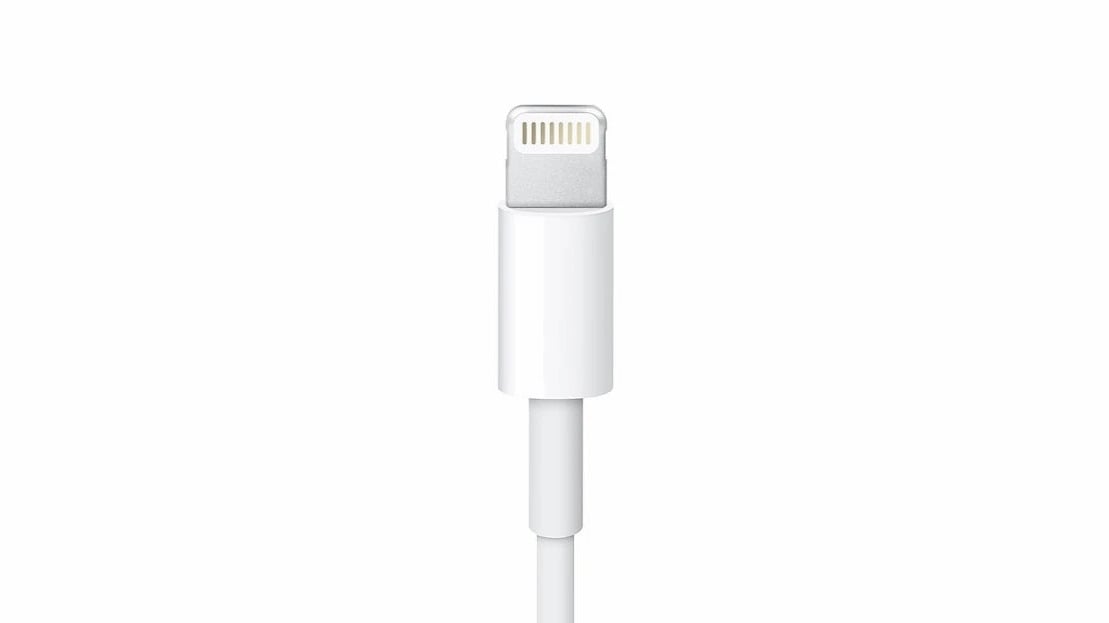
Fast Charging Standards and Protocols
In the early 2020s, fast charging in mobile phones started becoming common, and so, with that, we saw the emergence of various proprietary protocols by different manufacturers. Unfortunately, this has resulted in incompatibility between brands, meaning you can’t always achieve the same charging speed and wattage even if your phone supports it, and you have the right charger.

Some of the most common proprietary protocols are discussed in detail below:
- Samsung Super Fast Charging (SFC): It is the successor to the Adaptive Fast Charging (AFC) Standard. SFC is Samsung’s proprietary protocol, enabling its phones and tablets to charge with up to 65W of power. Devices supporting USB PD 3.0 and SFC can charge up to 25W, while those supporting USB PD 3.0 and SFC 2.0 can charge up to 65W.
- Qualcomm Quick Charge: This standard is a family of proprietary fast charging technologies divided into multiple sub-versions, ranging from Quick Charge 2.0 (QC 2.0) to 5.0 (QC 5.0). These sub-versions offer varying levels of power output, with QC 2.0 providing 5W and QC 5.0 reaching a staggering 200W.
- OnePlus Warp Charge: The predecessor to the SUPERVOOC technology currently used in both OPPO and OnePlus devices, Warp Charge offers fast charging speeds ranging from 30W (Warp Charge 30) to 65W (Warp Charge 65). This allows compatible devices to reach up to 50% charge in as little as 15-25 minutes.
- Apple Fast Charging: Unlike many other phone manufacturers that have specific fast charging protocols, Apple doesn’t follow a single standard. Instead, it prioritizes battery health over achieving the fastest possible charging speeds. Due to this, you’ll see a noticeable gap in charging speeds compared to some competitors.
READ MORE: [FIXED] Why Does My Charger Keep Going On and Off? ➜
Types of Charging Adapters
Not only do chargers have different cables and protocols, but the charging adapters you use also come in all sorts of different shapes and sizes, depending on your needs and requirements.
1. Wall Adapters
A wall adapter is the part of your charger that plugs in directly to the wall and, in most cases, the part responsible for your phone’s charging speed. It comes in different shapes and sizes. Most wall adapters have a USB Type-A port to connect your charging cable, but newer adapters use the USB Type-C port.
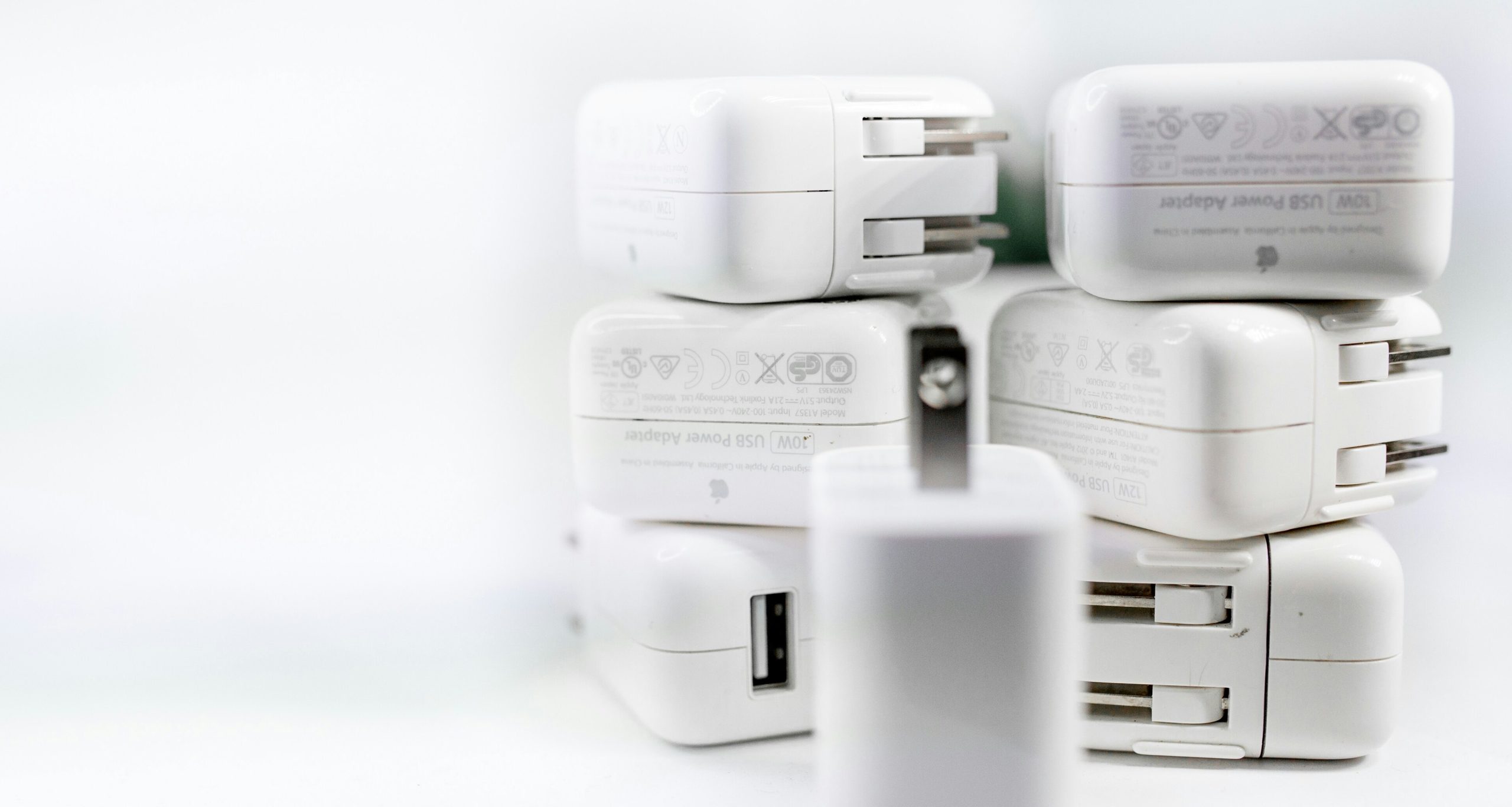
2. Wireless Pads
Wireless charging has recently emerged as an alternative to conventional wired charging, and for good reason. It eliminates the need to have a cable attached, making charging your device as easy as simply placing your phone onto the pad. It’s safer too, since it eliminates the risk of tripping over or damaging your device.

You can charge multiple devices on it, and it can also be universally used in any device that comes with a built-in wireless charging coil. However, in most cases, it does charge slower when compared to wired charging and can heat up your device.
3. Car Chargers
Most car chargers connect directly to the cigarette lighter socket, typically found on the center console or dashboard. They usually have either a Type-A or Type-C port at their end or a cable with one of these connectors.

For vehicles equipped with USB sockets, you can directly connect your charging cable to charge your device. Some cars even feature specialized high-powered USB ports, capable of delivering 10W (5V at 2A) or even 18W (9V at 2A) for faster charging. Additionally, some modern cars offer USB-C ports supporting Power Delivery profiles, reaching up to 100W.
READ MORE: Reverse Charging – How to Use Your Phone as an Improvised Power Bank ➜
Conclusion
Mobile charging has become more complicated in the last few years, but this complexity is mainly to improve convenience. Manufacturers are pushing the boundaries of charging speeds, and solutions like MagSafe show how battery life may become less of a concern for smartphone users in the future.
FAQs
First, visually analyze the port your phone uses. Even if a phone doesn’t come with a charging adapter, it usually comes with a charging cable. Then, check the specifications of your phone and look for details about the supported charging technologies (e.g., Qualcomm Quick Charge, Samsung Super Fast Charging, USB Power Delivery) and their wattage ratings (e.g., 18W, 30W). Most of this information is available on the manufacturer’s website.
Yes, your phone will likely charge using a fast charger from another manufacturer, but at a reduced wattage.
While a charger may not directly damage your phone’s battery, it can affect its health if you use a charger with little to no safety certifications and if it isn’t using a compatible charging protocol.
 Reviewed by
Reviewed by 




